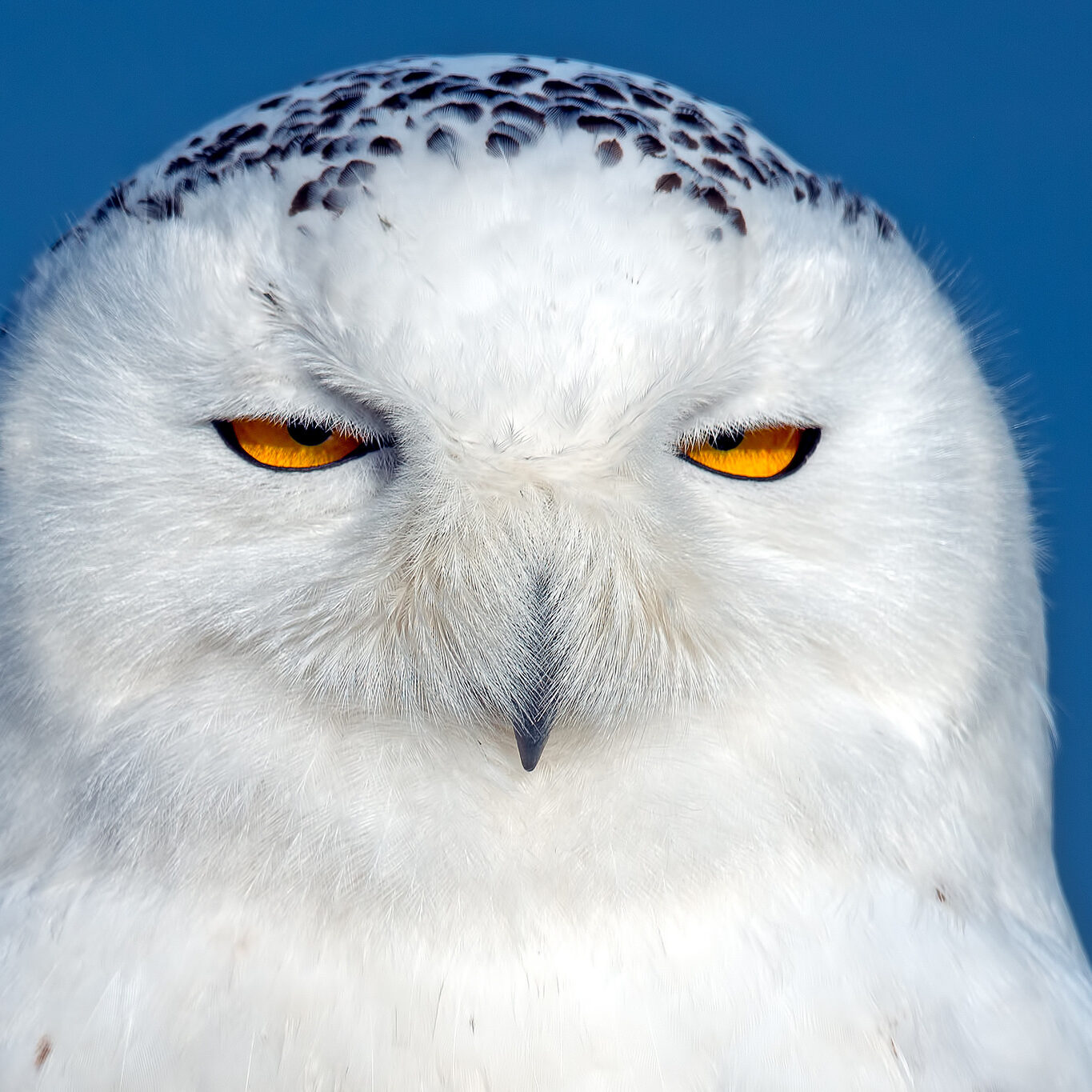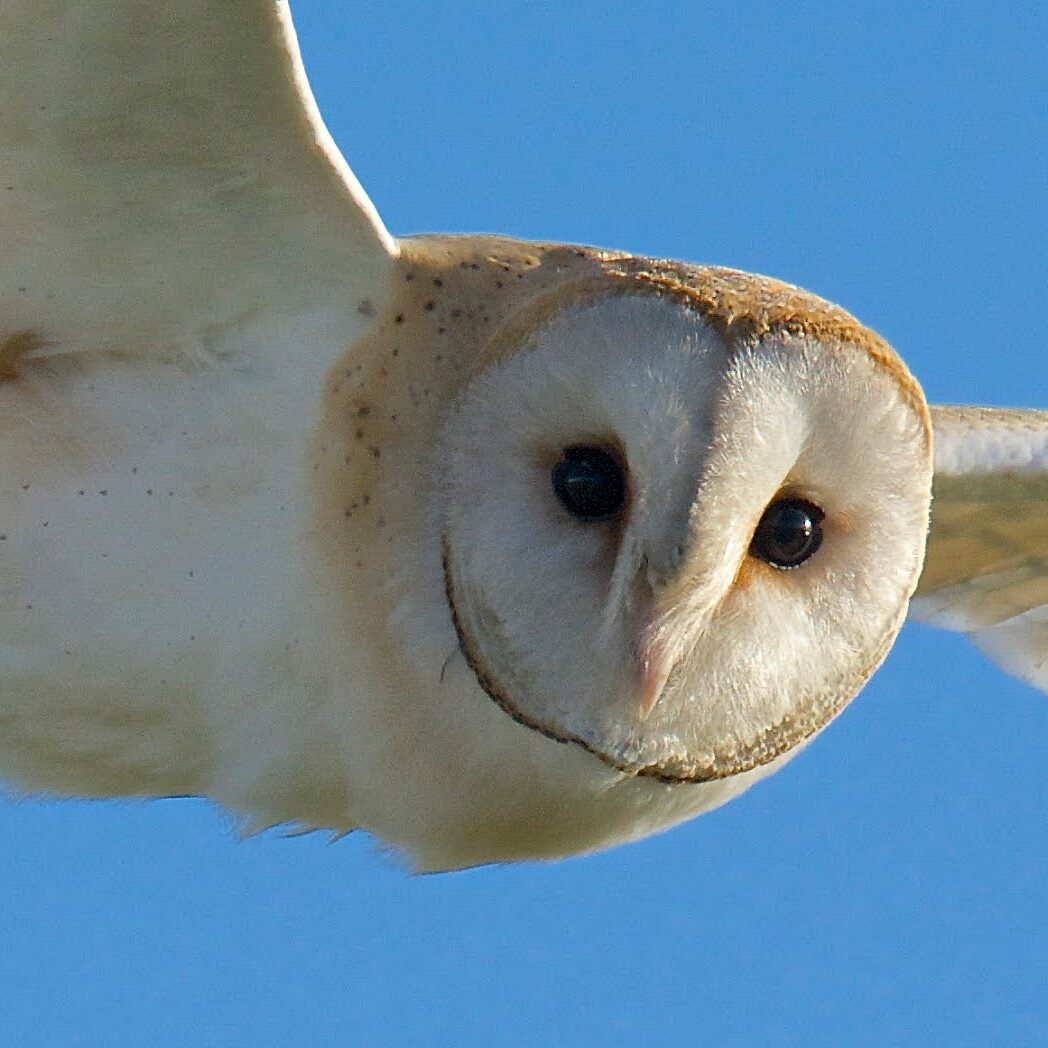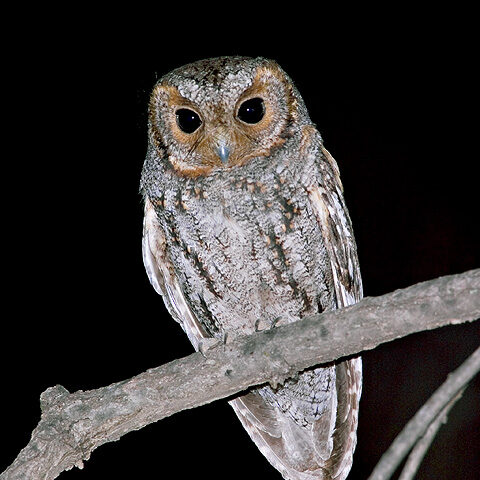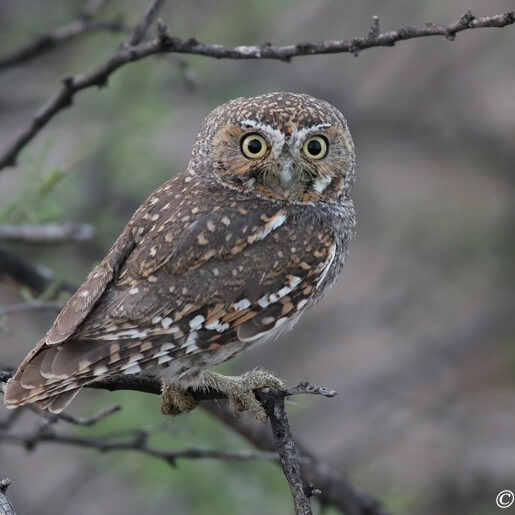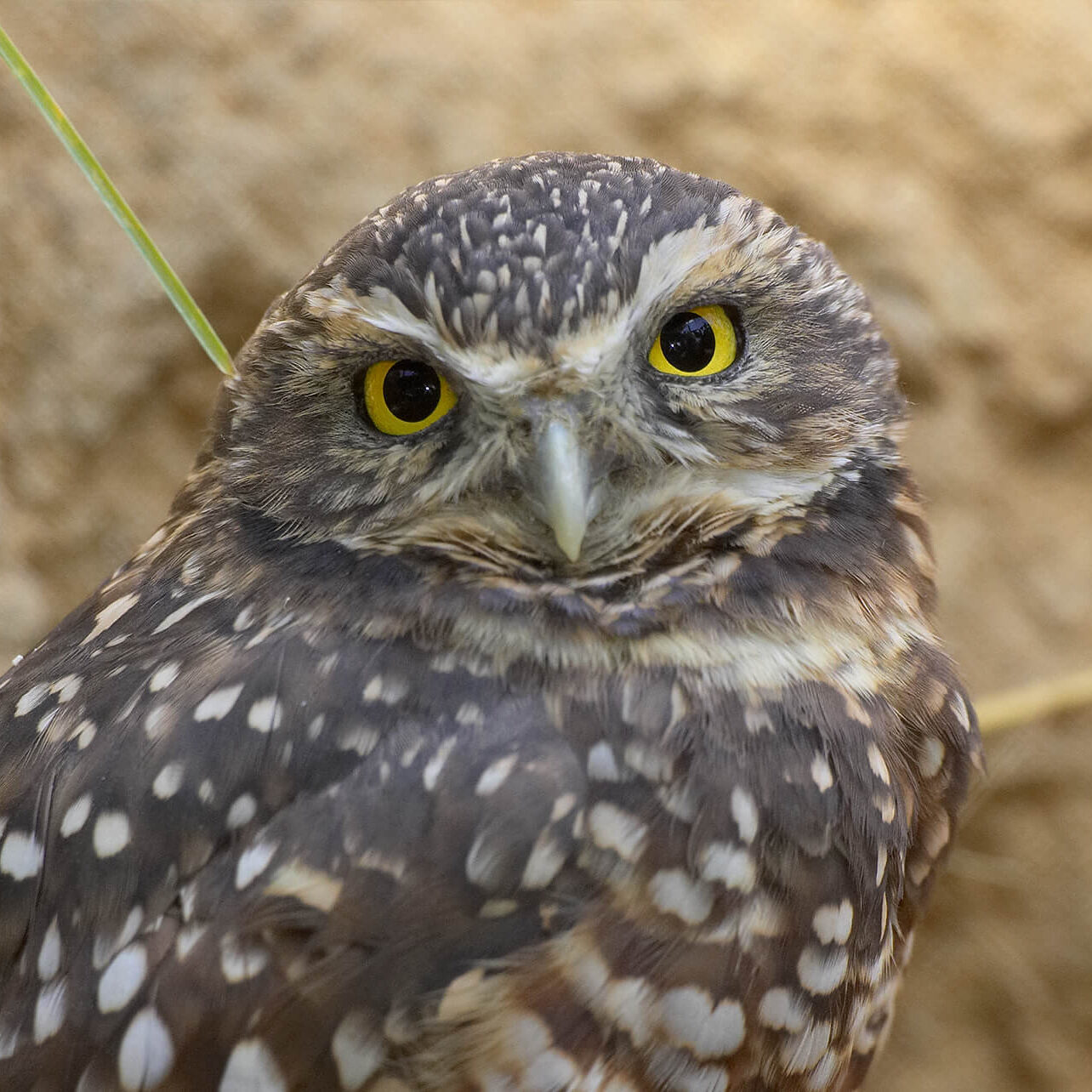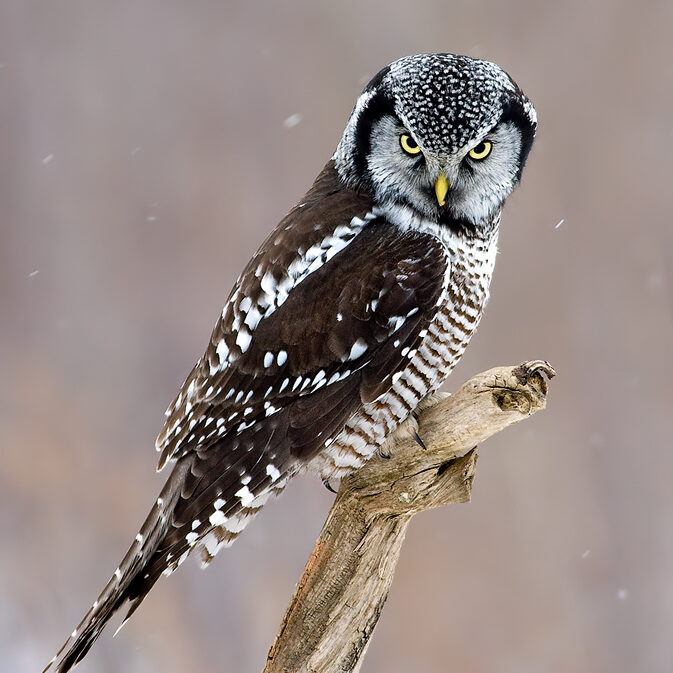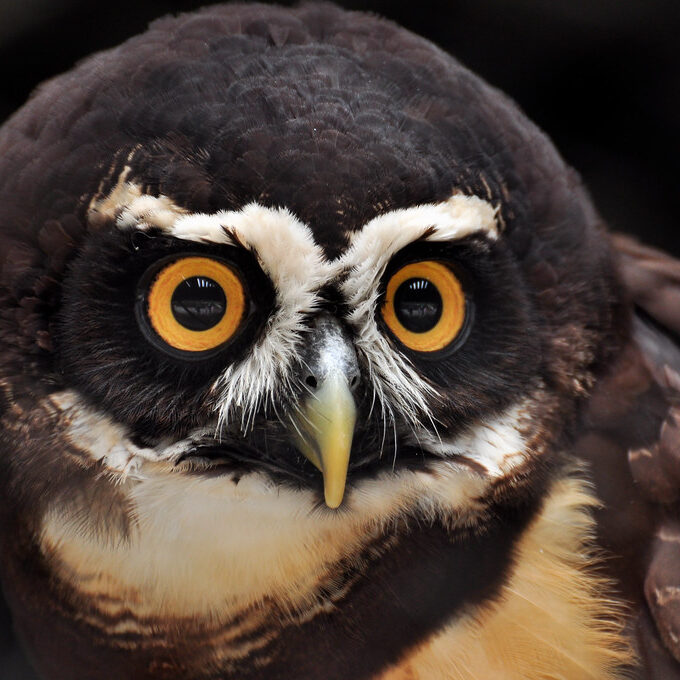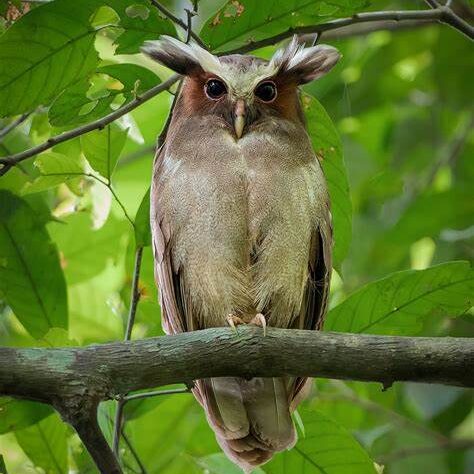What is a Genus?
A Genus is a taxonomical category above species and below family, which begins with a capitalized Latin name. In more practical terms, a genus is a group of species that are similarly related to one another. Multiple Genuses can be in a family, but a genus can have only one family. The same goes for species too-- there can be multiple species in a genus, but a species can have only one genus.
What is inside a Genus?
Species, of course! Every animal you can list off of the top of your head is a species... zebra, elephant, robin, etc. In the genuses below, there are species of owls! Common examples of owl species are great grey owls, snowy owls, and barn owls.
Why the distinction between a Large and Small Genus?
The Genuses listed below are split into two categories: large and small. This distinction is based on how many species from each genus lives in North America. The large Genuses contain three or more North American species, and the small ones contain two or less North American species. This distinction of large and small does not take into account species of the genus that live on other continents.
Large Genuses
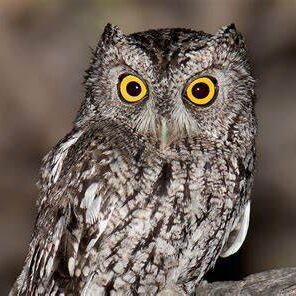
Megascops
American Screech Owls (8)
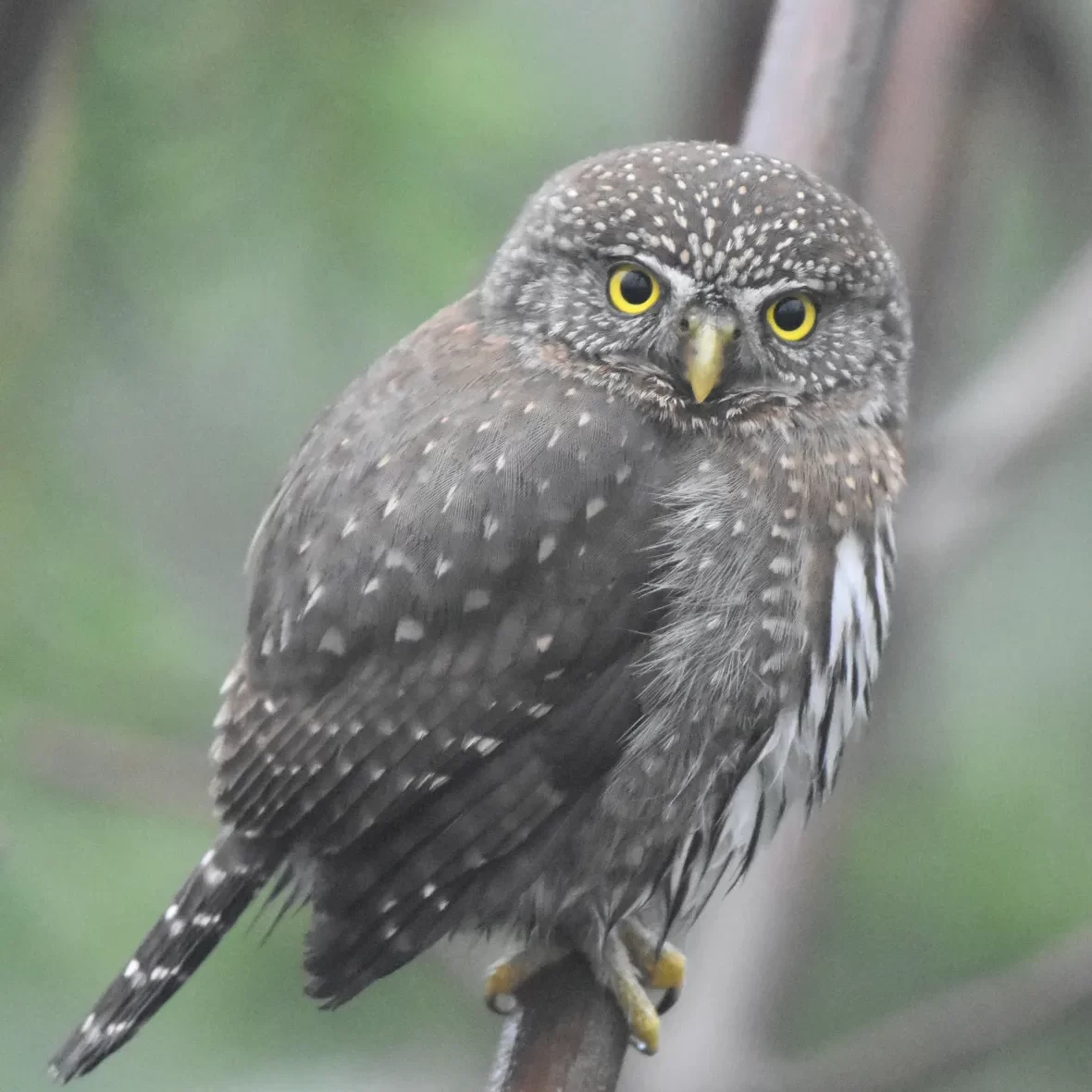
Glaucidium
Pygmy Owls (8)
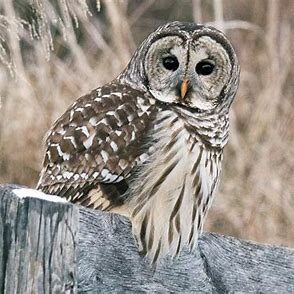
Strix
Wood Owls (7)
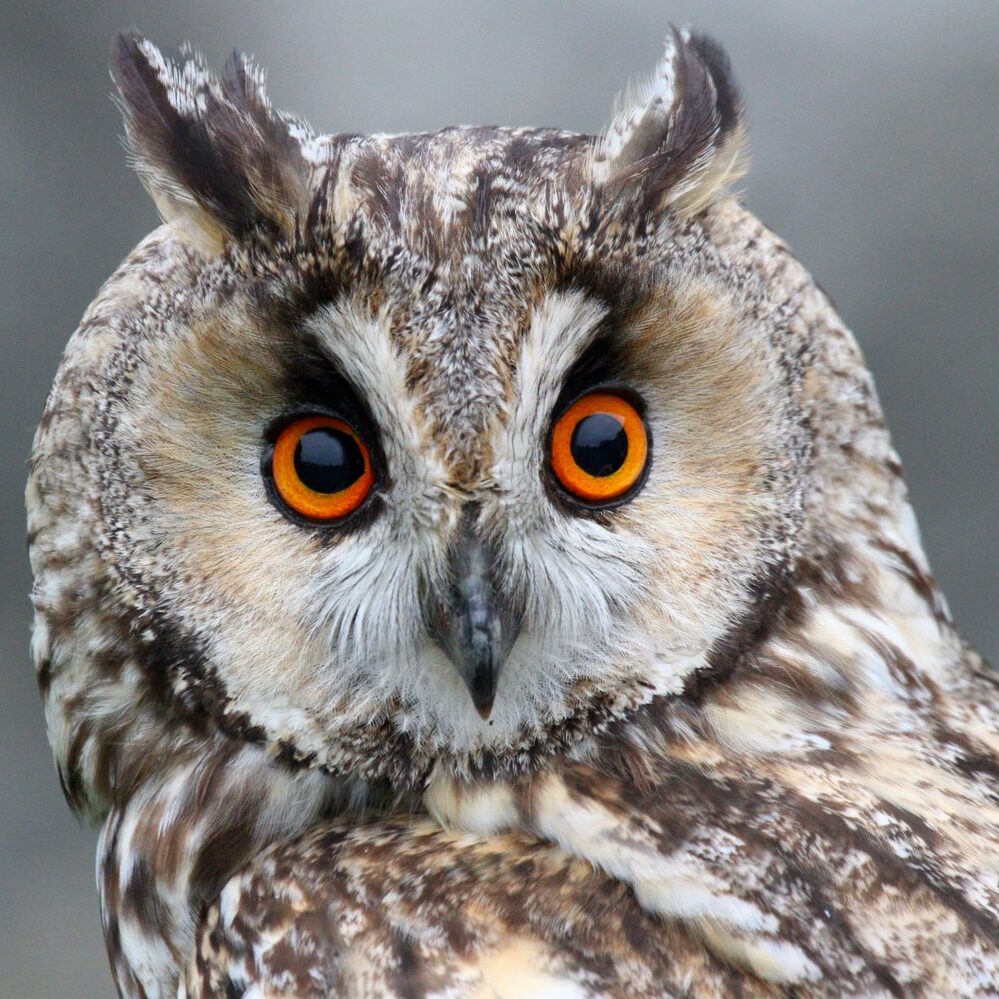
Asio
Eared Owls & Allies (4)
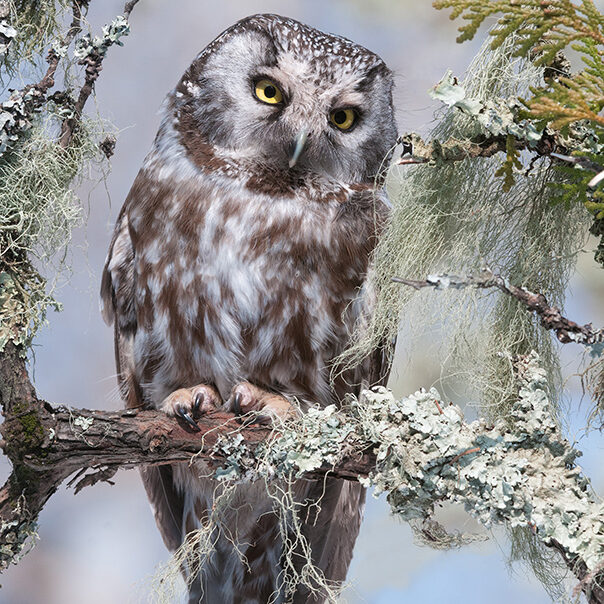
Aegolius
Forest Owls (3)
Small Genuses
*Only a North American owl genus due to technicality. May include species that live in a small portion of North America as well as a separate continent
